The Skyhawks History
The Raleigh-Durham Skyhawks were an American football team headquartered in Raleigh, North
Carolina that played for one season in 1991 in the World League of American Football (WLAF). The name was inspired by the
Wright brothers' flights on the Outer Banks of North Carolina. The three jet-trails and three planes in flight, as well as
the triangle design in the logo, represented the three points of the Research Triangle area (Raleigh, Durham, and Chapel Hill).
The team's cheerleaders were known as the "Kittyhawks."
The name was
chosen by Raleigh citizens, the choices being the Skyhawks, Daredevils or Rogues as published in the News and Observer.
The Skyhawks' home field was N.C. State's Carter-Finley Stadium in Raleigh. Then-Charlotte Hornets owner George Shinn owned
the franchise, and the head coach was former NFL player and State alumnus Roman Gabriel. The team posted a perfectly
dismal 0-10 record in the 1991 season and averaged less than 13,000 spectators per game due in part by the lack of beer sales
at Carter-Finley Stadium; the team was relocated to Columbus, Ohio in early 1992 .
The
Skyhawks' lack of success did not sour the NFL on the whole state, as in 1995, Charlotte welcomed the expansion Carolina Panthers
franchise.
www.wikipedia.org
The Skyhawks Coach
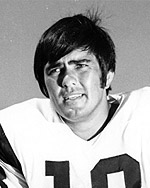
|
| Roman Gabriel (1962) |
|
|
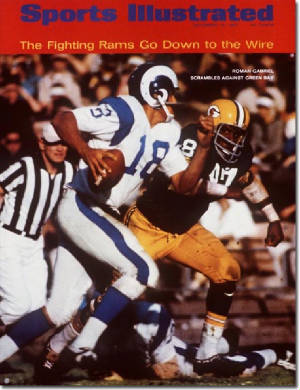
|
| Sports Illustrated Cover |
|
Roman Ildonzo Gabriel, Jr. (born August 5, 1940 in Wilmington, North Carolina) is
a former American football player. The son of a Filipino immigrant, he was the first Asian-American to start as an NFL quarterback
and is considered by many to have been one of the best players at that position during the late 1960s and early 70s. At 6'4"
and 235 pounds, he is considered the first truly big quarterback of the modern era. Gabriel attended and played high school
football at New Hanover High School.
College career
A two-time All-American, and a two-time Two-time ACC Player of the Year (1960-61) he starred at quarterback
for North Carolina State University in the early 1960s and finished his career holding virtually every Wolfpack passing record.
An academic All-American, Gabriel saw his jersey retired and presented to him by North Carolina governor Terry Sanford on
Jan. 20, 1962, at half-time of an NC State-Maryland basketball game in Reynolds Coliseum. As captain of his team Gabriel set
22 school and nine conference football records. He threw for 2,961 yards and 19 touchdowns. He also played baseball and was
voted the best amateur athlete in the Carolinas. In a three-year career he passed for 20 touchdowns and ran for 15. Against
Maryland in 1959 he completed 23 passes. The Atlantic Coast Conference’s 50th Anniversary Football Team was announced
in 2003 and Gabriel was among the top 50 players in the history of the ACC to be listed. Gabriel was inducted into the College
Football Hall of Fame in 1989.
The number one 1962 AFL Draft pick (Roman was chosen second
in the 1962 NFL Draft by the Los Angeles Rams), by the Oakland Raiders, he went on to a distinguished professional career.
Gabriel's arm strength
Gabriel had an
incredibly powerful arm. "Once against Duke, game film showed that he chucked a desperation pass 78 yards in the air
- only to see it intercepted by a Blue Devil defender."
Professional
career
NFL career
Gabriel
wore the number 18 with the Rams and the number 5 with the Eagles. In the professional ranks Gabriel went on to play 16 seasons
in the NFL, splitting time with the Los Angeles Rams (1962-72) and the Philadelphia Eagles (1973-77). He was named the NFL
Most Valuable Player Award in 1969 and earned Pro Bowl spots in 1967, 1968, 1969, and 1973. He ranked as the Rams' all-time
passing leader with 22,223 yards and 154 touchdowns (1,705 com./3,313 att.) and threw for 7,221 yards and 45 touchdowns (661
com./1,185 att.) with the Eagles. In 1973 he led the NFL with 3,219 yards and 23 touchdown passes, for which he was awarded
the NFL Comeback Player of the Year Award. He still holds the Rams' career records for touchdown passes (154), passing yards
(22,223), passes attempted (3,313), passes completed 1,705 and wins by a starting quarterback (74).
However,
all that came with a cost. From 1962 through 1965, Gabriel had a difficult time securing a starting quarterback job. Ram coaches
felt that either Zeke Bratkowski or Bill Munson should get the nod over Gabriel. However, due to other quarterback slumping
or being injured, Gabriel did get to start 23 games from 1962 through 1965. The Rams record in those games was 11 wins, 11
losses, and one tie. That may seem average, but considering the other Rams quarterbacks who started the other 32 games combined
record was a paltry three wins, 27 losses and two ties, it seems that Gabriel's record was stellar. Gabriel's wins seem to
be quality wins as well. For example in 1965 he beat the eventual Champion Green Bay Packers and the 11-3 Cleveland Browns
and barely lost to the strong Baltimore Colts team.
When George Allen came to coach the
Rams in 1966, he knew that Gabriel was the best QB the Rams had and stated that Gabriel was one of the toughest quarterbacks
to beat in the NFL. In 1966 the Gabriel started all 14 games and the Rams went 8-6, the first winning season since 1958. In
1967 things went even better, the Rams were 11-1-2 and in the playoffs. In consecutive weeks in the 1967 season Gabriel was
named the AP Offensive Player of the Week, after week 13 and week 14, with top performances that put the Rams into the playoffs.
Eventually, they lost in the miserable cold of Lambeau Field in Green Bay, Wisconsin to the eventual Super Bowl champions
Packers. Gabriel threw for 2,779 yards and 25 touchdowns and was a 2nd-team All-Pro and a Pro Bowler. The following season
they picked up right where they left off and finished 10-3-1, however this time they did not make the playoffs.
In 1969 the Rams opened the season with an 11-game winning streak, still a team record, before losing four
straight at the end of the year, including another ice bowl to the Minnesota Vikings. Gabriel threw 24 touchdowns and only
seven interceptions and was named the NFL's Most Valuable Player by the AP and NEA and the Player of the Year by the UPI and
we was voted All-Pro and to the Pro Bowl.
Gabriel suffered knee injuries as well as shoulder
and rib injuries through 1970-1972. Some of that led to the trade to the Philadelphia Eagles in 1973. Gabriel went to a 2-11-1
Eagle team and turned them around to a 5-8-1 team that could have been 7-7 if they had not missed a couple of crucial field
goals that would have changed the outcomes of several games. Gabriel was voted to the Pro Bowl for the fourth time and was
voted the "Comeback player of the Year" by Pro Football Weekly. For the 1973 Season Gabriel led the Eagles with
270 completions, 460 attempts and 3,219 yards and 23 touchdowns (all league highs) as the Eagles offense was the most prolific
passing game in the NFL.
Gabriel played though 1977 but his final two years were in a backup
role. In his career he had a winning record of 86-64-7 and passes for over 29,000 yards and 201 touchdowns. He is the only
quarterback from his era to still rank high in the "lowest interception percentage" category in NFL passing statistics—Meaning,
quarterbacks today avoid throwing interceptions in a way similar to how Gabriel did it a generation earlier. His 3.3% interception
percentage will likely last longer, and it may be some time before they can get Gabriel out of the Top 100 of all-time in
that category.
World League of American Football (WLAF) career
He was the head coach of the Raleigh-Durham Skyhawks of the World League of American Football, becoming the
only coach to have a perfect losing season (0-10), in the inaugural season of 1991-1992. The team disbanded shortly thereafter.
Acting career
Gabriel had a brief career
in movies, playing a prison guard in Otto Preminger's 1968 spoof Skidoo and an American Indian named "Blue Boy"
in the 1969 John Wayne film The Undefeated. Gabriel's dark complexion gave rise to a popular belief that he may really
be a Native American, but this is not the case; he is actually Filipino American on his father's side and Irish-American on
his mother's. Gabriel had previously appeared as a headhunter in an episode of CBS' Gilligan's Island.
Personal life
After retirement from pro
football in 1977, Gabriel went into broadcasting as a color commentator for CBS television and, later, Carolina Panthers radio.
Committed to charity work in his home of Charlotte, North Carolina, he has raised over $4 million for charity through RG Sports
Connection trust through which he promoted celebrity golf tournaments for various charities - multiple sclerosis, muscular
dystrophy, leukemia, the blind, the Special Olympics and the Salvation Army.
Gabriel was
married to:
- Lisa Katolin (29 October 1980 - present) 1 child
- Tedra Bidwell (29 January 1972 - 6 August 1980) (divorced) 1 child
- Suzanne
Horton (1960 - 1971) (divorced)
Notes
Gabriel's last completion of his career was a 15-yard pass to Vince Papale, the walk-on WR and special-teams
captain who is the inspiration for and subject of Disney's movie Invincible, starring Mark Wahlberg. In 1982 he was
the last football coach at Cal Poly Pomona.
Awards
- 1973 -NFL Comeback Player of the Year
- 1969- NFL Most Valuable Player
Award, AP, UPI, NEA, and the Bert Bell MVP Trophy (Maxwell Club)
- 1968 - Pro Bowl MVP
www.wikipedia.org
Skyhawks Coaching Staff
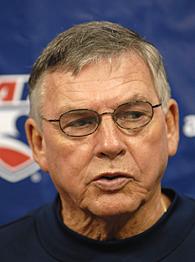
|
| Doug Kay (Defensive Coordinator) |
|
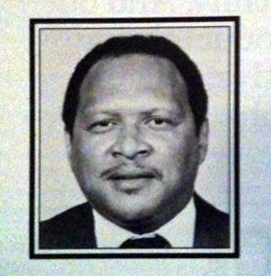
|
| Johnnie Walton (Offensive Coordinator) |
|
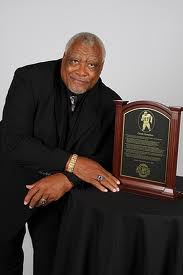
|
| Claude Humphrey (Defensive Line) |
|
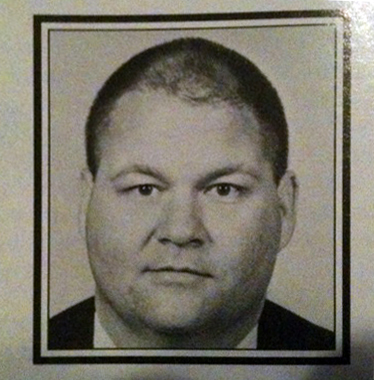
|
| Buck Fowler (Offensive Line) |
|
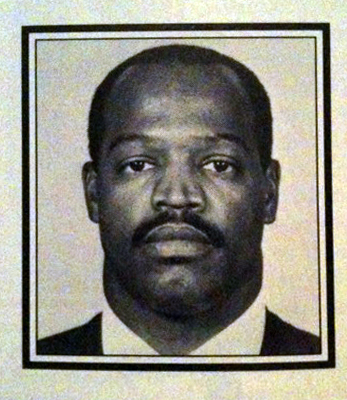
|
| Charles Harbison (Defensive Backs) |
|
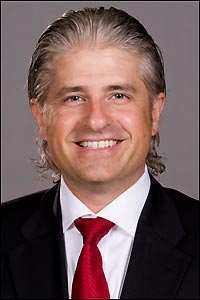
|
| Jim Popp (Receivers) |
|
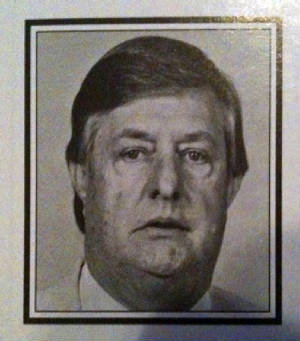
|
| Ernie Driscoll (Director of Player Personnel) |
|
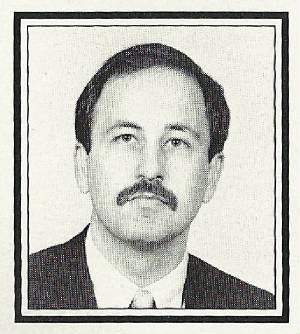
|
| Mike Mazzella (head trainer) |
|
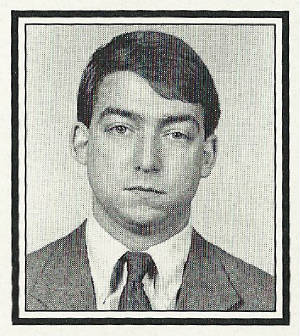
|
| Mike Kennedy (Equipment Manager) |
|
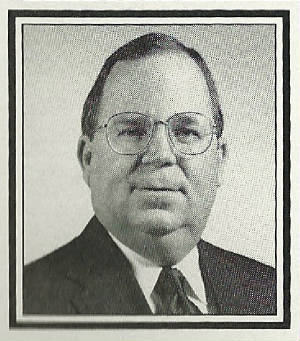
|
| Wayne Thompson (Vice President of Administration) |
|
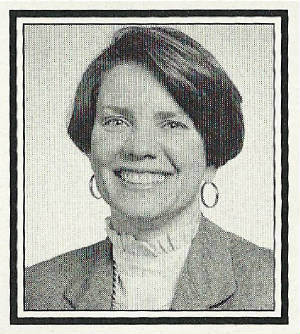
|
| Betty Kaye Gilmore (Director of Marketing/Sales) |
|
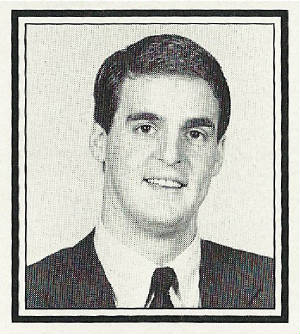
|
| Ken Einhorn (Director of Public Relations) |
|
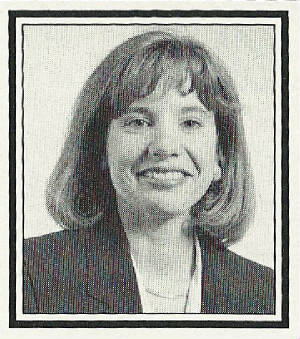
|
| Melissa Marcotte (Dir. of Community & Player Relations) |
|
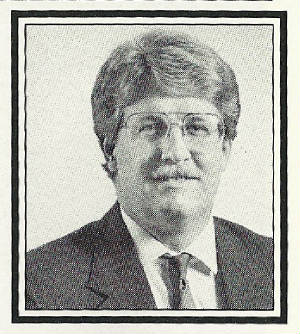
|
| Chuck Lanier (Dir. of Group Sales & Promotions) |
|
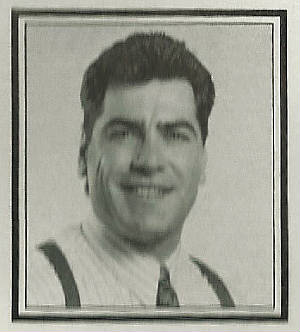
|
| E.J. Narcise (Corporate Sales) |
|
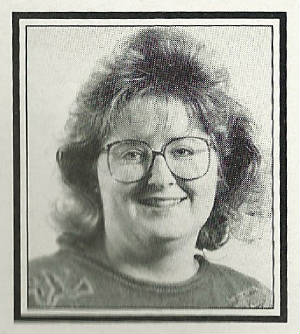
|
| Sherry Reavis (Ticket Manager) |
|
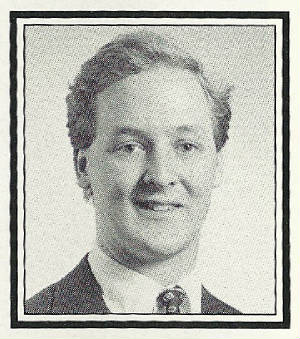
|
| Mike Durkin (Asst. Marketing Director) |
|
|
Black & White photographs taken from 1991 Gameday Magazine
The Raleigh-Durham Skyhawks Schedule
| Week | Date | Kickoff | Opponent | Results | Game site | Attendance |
|---|
| Final score | Team record |
|---|
| 1 | Saturday, March 23 | 4:00 p.m. | at Sacramento Surge | L 3–9 | 0–1 | Hughes Stadium | 15,126 |
|---|
| 2 | Saturday, March 30 | 8:00 p.m. | at
Orlando Thunder | L 20–58 | 0–2 | Florida Citrus Bowl | 20,811 |
|---|
| 3 | Saturday, April 6 | 8:00 p.m. | Barcelona Dragons | L 14–26 | 0–3 | Carter–Finley Stadium | 17,900 |
|---|
| 4 | Monday, April 15 | 8:00 p.m. | San Antonio Riders | L 15–37 | 0–4 | Carter–Finley Stadium | 11,818 |
|---|
| 5 | Saturday, April 20 | 8:00 p.m. | at Frankfurt Galaxy | L 28–30 | 0–5 | Waldstadion | 21,065 |
|---|
| 6 | Sunday, April 28 | 6:00 p.m. | at
London Monarchs | L 10–35 | 0–6 | Wembley Stadium | 33,997 |
|---|
| 7 | Sunday, May 5 | 1:00 p.m. | New York/New Jersey Knights | L 6–42 | 0–7 | Carter–Finley Stadium | 10,069 |
|---|
| 8 | Monday, May 13 | 8:00 p.m. | at Montreal Machine | L 6–15 | 0–8 | Olympic Stadium | 20,123 |
|---|
| 9 | Monday, May 20 | 8:00 p.m. | Orlando Thunder | L 14–20 | 0–9 | Carter–Finley Stadium | 4,207 |
|---|
| 10 | Saturday, May 25 | 3:00 p.m. | Birmingham Fire | L 7–28 | 0–10 | Carter–Finley Stadium | 16,335 |
|---|
The Skyhawks Stadium
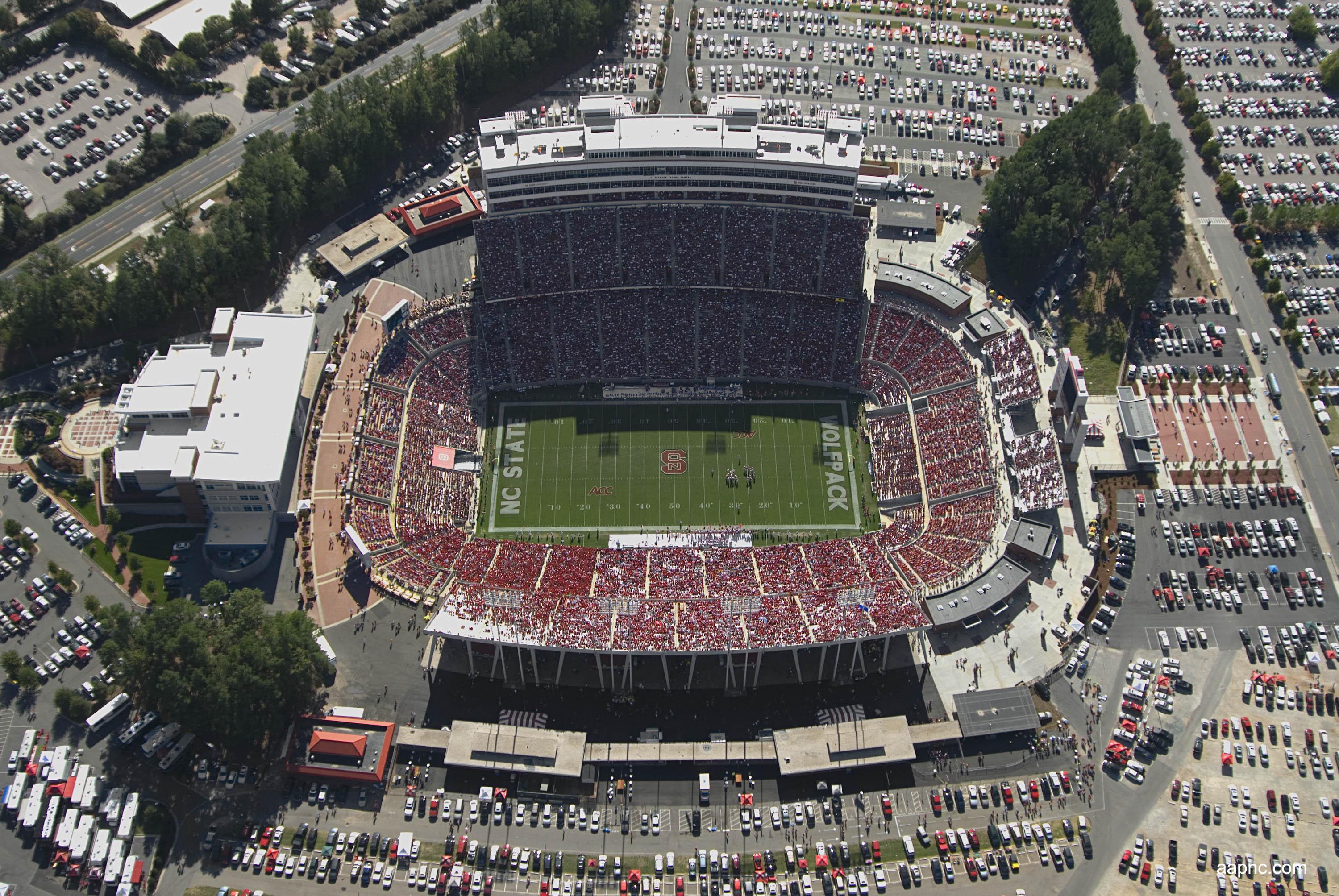
|
| Carter-Finley Stadium |